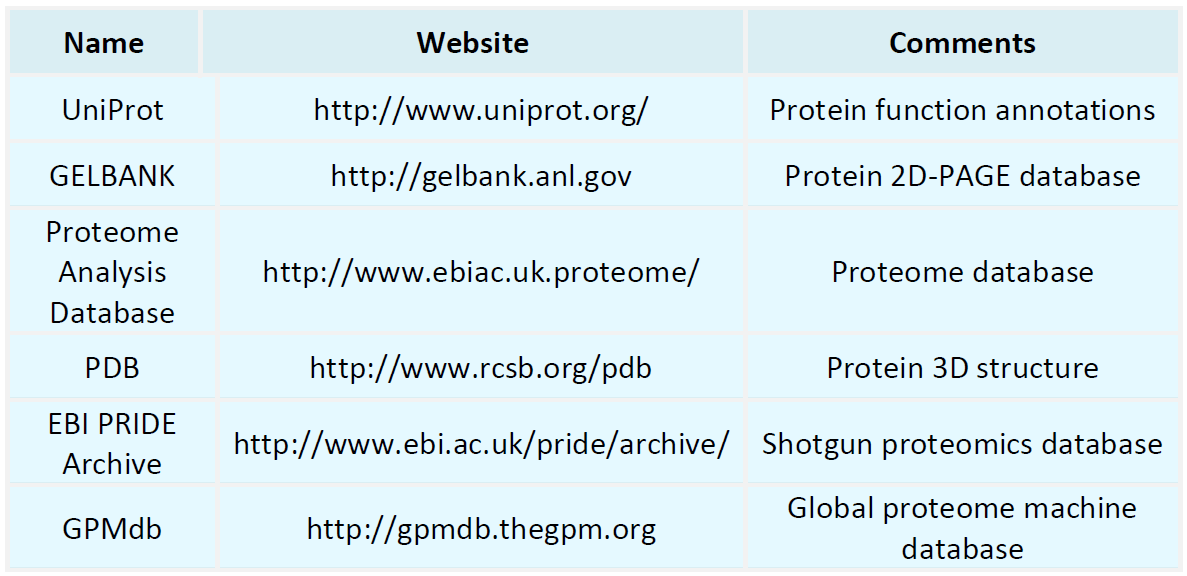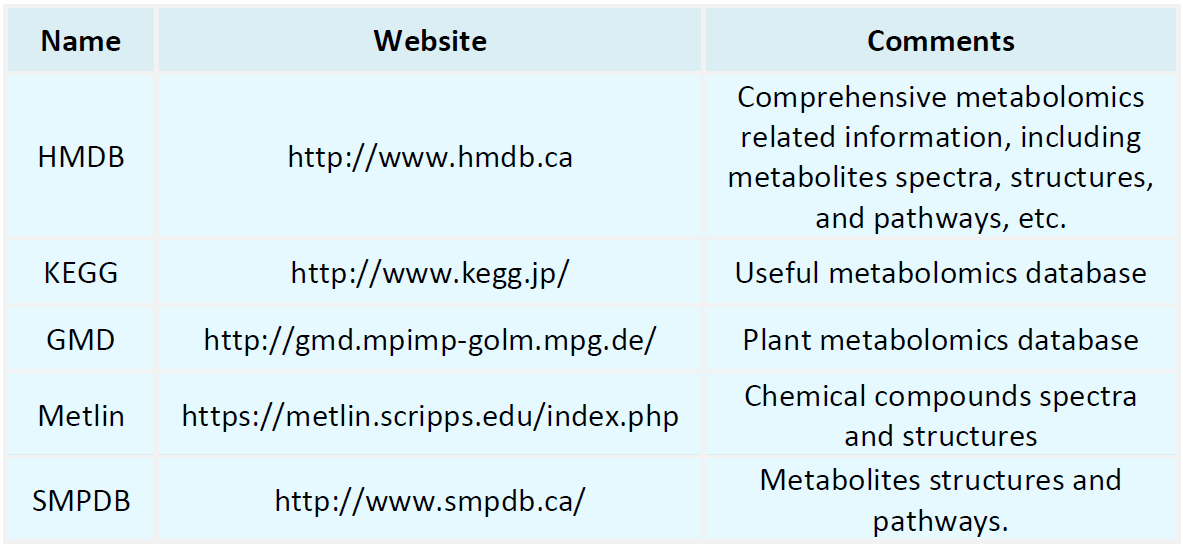Resources
Proteomics Databases

Metabolomics Databases

-
• How Do Post-Translational Modifications Affect the Biological Functions of Proteins
Proteins serve as the central executors of various cellular processes. However, they are not functionally active immediately after translation. Instead, they typically undergo a series of precisely regulated post-translational modifications (PTMs). These modifications profoundly influence protein structure, functional properties, and intracellular fate. This article explores how post-translational modifications modulate protein functions, highlighting regulatory mechanisms, underlying molecular principles..
-
• How Post-Translational Modifications Research Optimizes Drug Development
Post-translational modifications (PTMs) are integral to the regulation of various biological processes and serve as key determinants in the functional diversification of proteins. In recent years, with advances in mass spectrometry, the role of PTM research in drug development has become increasingly evident. Specifically, PTMs have demonstrated significant potential in discovering new therapeutic targets, elucidating mechanisms of action, and developing precision therapeutic strategies. Why Are Post.......
-
• What Is DIA Proteomics? A Complete Guide to Core Techniques
As proteomics progresses toward high-throughput, high-precision, and large-scale cohort studies, the Data-Dependent Acquisition (DDA) strategy has increasingly revealed its limitations—namely, constrained scanning efficiency, limited reproducibility in quantification, and frequent omission of low-abundance proteins. In contrast, Data-Independent Acquisition (DIA) is emerging as a powerful approach for investigating complex biological systems. Compared to DDA, DIA not only improves quantification accuracy...
-
• Strengths and Limitations of DIA in Protein Quantification
As proteomics continues to advance in both depth and breadth, studies involving numerous samples, varying conditions, and complex phenotypes increasingly demand stability, coverage, and reproducibility in protein quantification. Although Data-Dependent Acquisition (DDA) has been widely employed in proteomic research, its limitations—such as detection bias, poor reproducibility, and the frequent omission of low-abundance proteins—have become more apparent with growing study complexity. The emergence of......
-
• How DIA-MS Proteomics Data Empowers Multi-Omics Integration
Multi-omics integration is a central theme in contemporary systems biology, precision medicine, and translational research. By bridging data across distinct molecular layers—such as transcriptomics, proteomics, metabolomics, and epigenomics—it enables a comprehensive understanding of biological systems, from gene expression through to phenotypic outcomes. Among these layers, proteomics plays a pivotal role in functional execution and holds unique biological significance.
-
• How 4D-DIA Achieves High-Sensitivity Protein Detection: A Deep Dive
With the continuous advancement of proteomics technologies, there is a growing demand among researchers for improved sensitivity and data resolution. In areas such as clinical translational research, investigation of complex disease mechanisms, and studies of drug actions, high-throughput and high-sensitivity protein detection methods have emerged as essential tools for driving scientific discovery. In recent years, ion mobility-based four-dimensional data-independent acquisition (4D-DIA) has attracted incr
-
• DIA-MS Quantitative Proteomics Solutions for Mouse Tissue Samples
In life science research, mouse models serve as indispensable tools for elucidating disease mechanisms and identifying biomarkers, owing to their well-defined genetic background and well-established experimental protocols. Different tissues (e.g., liver, brain, heart) fulfill diverse biological roles, and alterations in their proteomic profiles provide direct insights into physiological and pathological conditions. Due to the inherent complexity and wide dynamic range of tissue proteomes, conventional......
-
• Direct DIA: High-Efficiency Proteomics Without a Spectral Library
In proteomics research, Data-Independent Acquisition (DIA) has been rapidly emerging as a mainstream technique due to its advantages of high throughput, excellent reproducibility, and comprehensive data coverage. In particular, the recently developed Direct DIA (Library-Free DIA) approach enables accurate proteome identification and quantification without the need for spectral libraries. This paradigm significantly lowers the technical barrier and enhances the efficiency of data processing.
-
• Common Pitfalls in DIA Proteomics Data Analysis and How to Avoid Them
Data-Independent Acquisition (DIA) has emerged in recent years as a major advancement in mass spectrometry, progressively replacing Data-Dependent Acquisition (DDA) and becoming the preferred strategy for quantitative proteomics. Owing to its high throughput, low rate of missing values, and strong reproducibility, DIA is particularly well-suited for large-scale proteomic analyses involving complex biological samples. However, DIA proteomics data analysis requires a certain level of expertise, and .......
-
• Common Research Strategies for Post-Translational Modification
In eukaryotic cells, the structure and function of proteins are not solely determined by their amino acid sequences, but are also profoundly influenced by post-translational modifications (PTMs). PTMs are enzyme-catalyzed chemical modifications that occur following translation and play critical roles in various biological processes, including cell signaling, regulation of gene expression, the cell cycle, and immune responses. Given their central involvement in both physiological and pathological.......
How to order?







